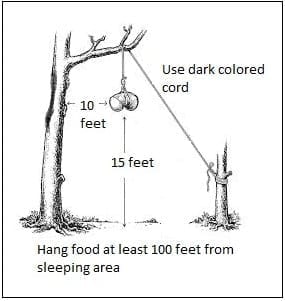Of the 4,060 species of mammals that inhabit the world, fifty-three occur within the Adirondack Park.
These mammals represent 7 orders and 17 families. Some species, like the opossum and striped skunk, are rare and occur mostly at the periphery of the Adirondacks.
Other species, such as the white-tailed deer and short-tailed shrew, are common and well distributed throughout the Park.





